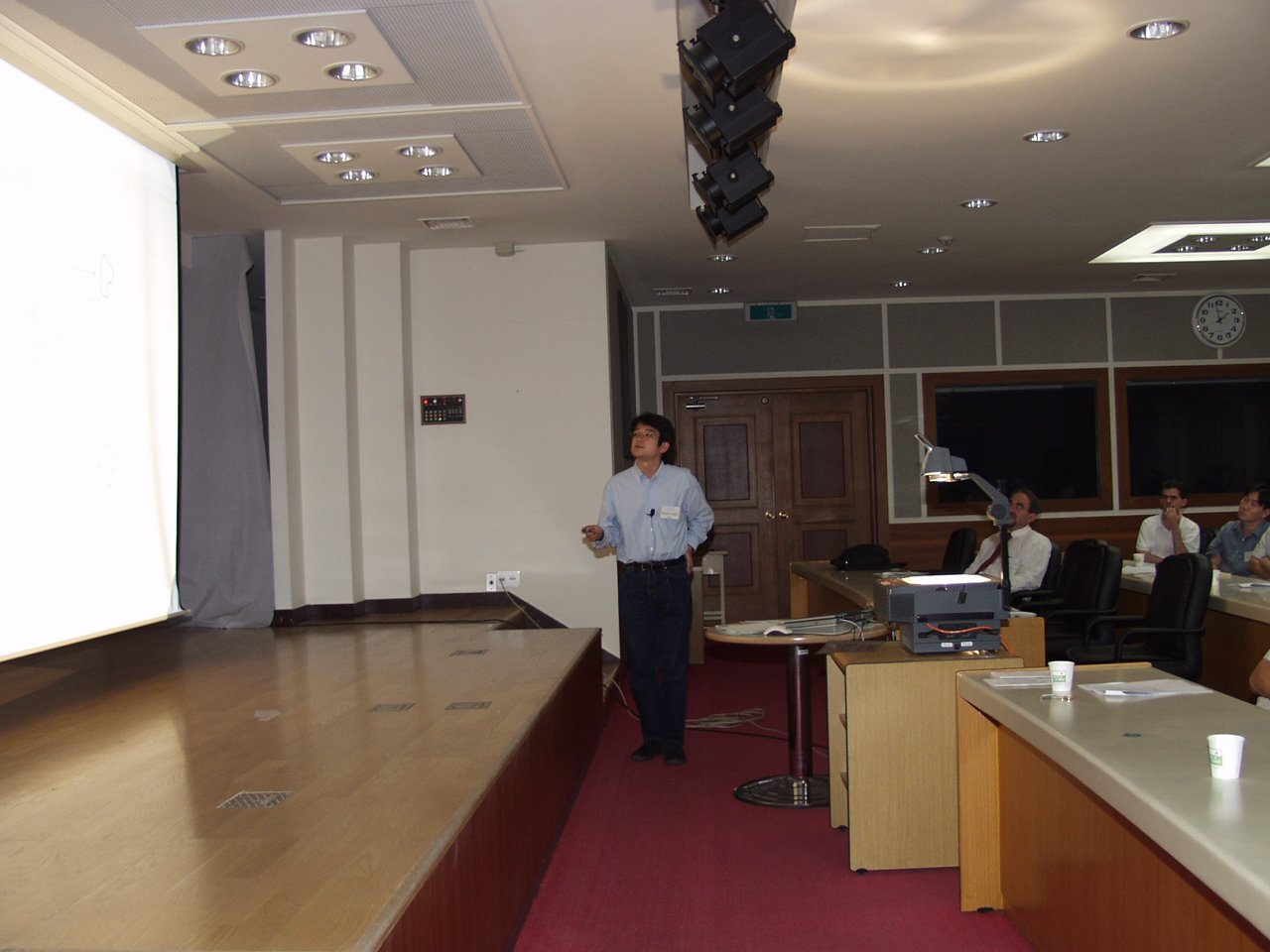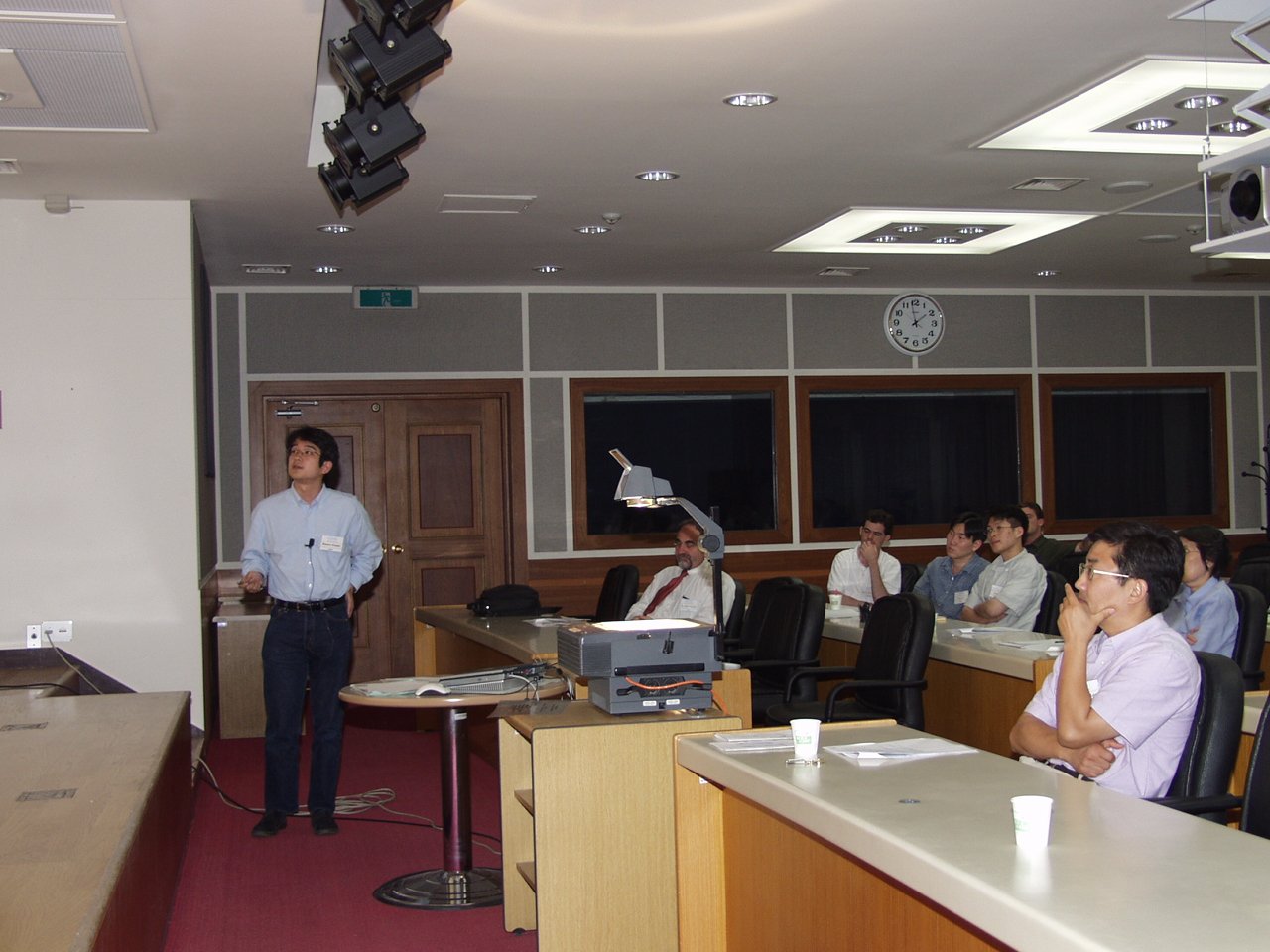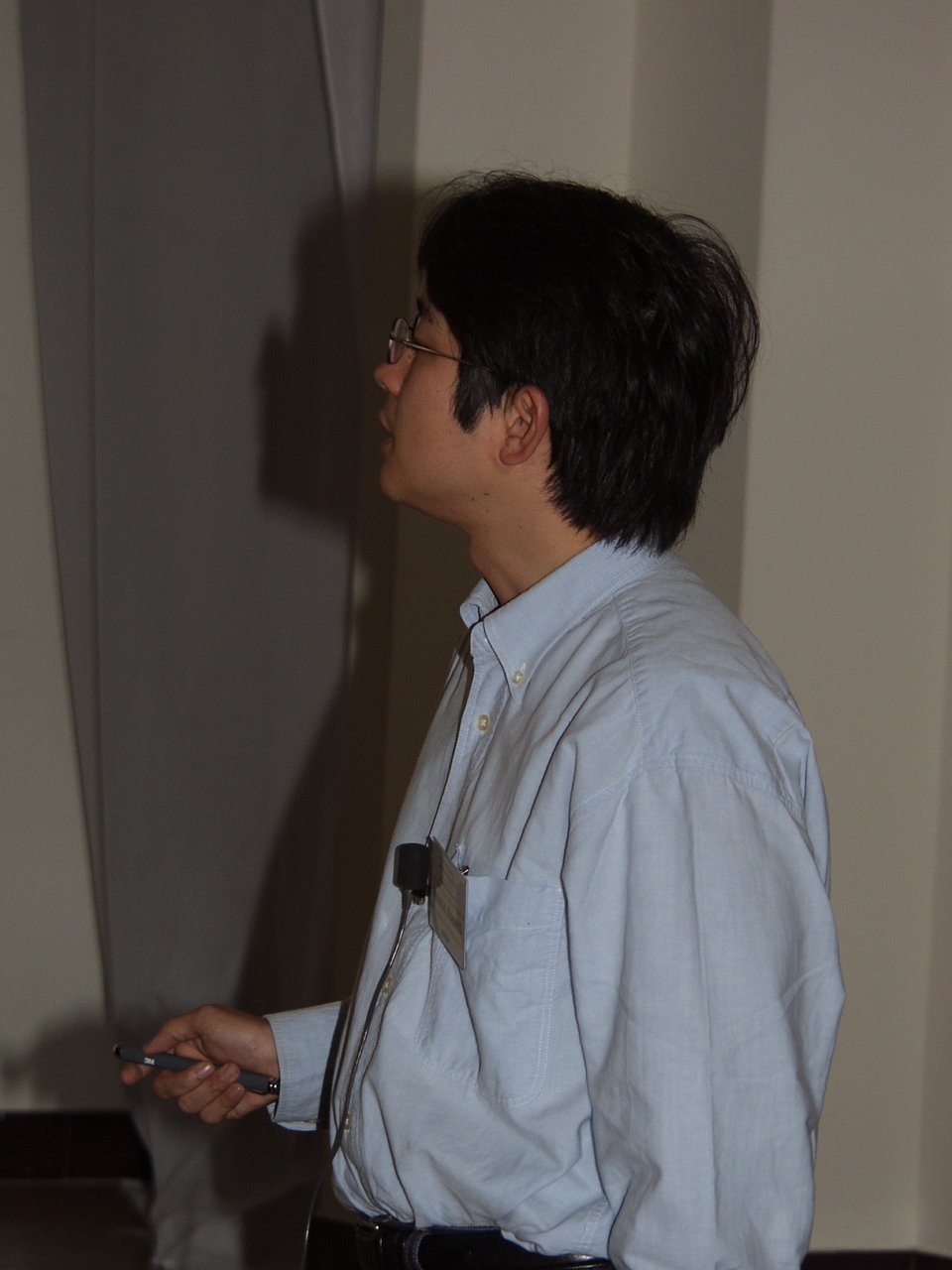

Masato Koashi (SOKEN, Japan)
Presentations: Click_Here_1, Click_Here_2



http://johosv01.soken.ac.jp/quantum/
Associate professor
Department of Photoscience
School
of Advanced Sciences
The Graduate University for Advanced Studies (SOKEN),
Shonan Village, Hayama, Kanagawa, 240-0193, Japan
Education:
1988-1992: University of Tokyo,
BSc in physics.
1992-1994: University of Tokyo, MSc in physics.
Thesis
"Observation of photon antibunching in pulsed squeezed light."
Supervised
by Prof. Masahiro Matsuoka.
1994-1995: University of Tokyo, DSc in physics.
Thesis
"Photon antibunching by two-photon interference."
Supervised
by Prof. Masahiro Matsuoka.
Research and professional experience
1995
(8 months): Research Fellow of the Japan Society for the Promotion of Science.
1995--1999:
Research Scientist in NTT Basic Research
Laboratories.
1999--present: Associate professor at the
Department of Photoscience, School of Advanced Sciences
The
Graduate University for Advanced Studies (SOKEN).
Research interests:
The general subject of
my research is quantum information, quantum optics, and atom optics.
In particular,
I have been working on the following research topics:
Quantum information
-
Investigation for various rules appearing in the handling of information through
quantum systems.
- Analysis of various protocols and applications in quantum
information, such as quantum cryptography, quantum computing, quantum teleportation,
and quantum data compression.
- Theoretical analysis of two- and multi-particle
entanglement.
Quantum optics
Experimental investigation of properties
of entanglement using optical parametric down-conversion/amplification.
Atom
optics
Theoretical analysis of properties of Bose-Einstein condensates
of trapped atoms.
Talks:
1. What can be done without disturbing states of a system?
Reference: M. Koashi and N. Imoto, quant-ph/0101144v2.
Quantum mechanics pose fundamental restrictions when one reads out information from a quantum system. The most basic rule is well known---if one reads out information from a quantum system in an unknown initial state, the quantum state of the system will change. If the initial state is partially known, some operations can be done without introducing any disturbance on the original quantum system. One of the fundamental questions here is the following: What kind of information can be extracted, and what cannot be, without changing the state? This problem is important in quantum cryptography, and is also directly related to the physical feasibility of cloning (making a copy of the original) and imprinting (catching a trail without affecting the original) of partially known quantum states. We present a principle that gives a definite distinction between the operations that preserve the states of the system and those that disturb the states. The principle is derived by alternately applying a fundamental property of classical signals and a fundamental property of quantum ones. The principle can be cast into a simple form by using a decomposition of the relevant Hilbert space, which is uniquely determined by the set of possible states. The decomposition implies the classification of the degrees of freedom of the system into three parts depending on how they store the information on the initially chosen state: one storing it classically, one storing it nonclassically, and the other one storing no information. Then the principle states that the nonclassical part is inaccessible and the classical part is read-only if we are to preserve the state of the system.
2. Compressibility of general mixed-state signals
Reference: M. Koashi and N. Imoto, Phys. Rev. Lett. 87, 017902 (2001), quant-ph/0104001, quant-ph/0203045
We present a formula that determines the optimal number of qubits per message that allows asymptotically faithful compression of the quantum information carried by an ensemble of mixed states. The set of mixed states determines a decomposition of the Hilbert space into three parts, and the von Neumann entropy of the ensemble is also written as the sum of three parts, redundant (I_R), classical (I_C), and nonclassical (I_NC) ones. The optimal compression rate in blind protocol is then given by I_C+I_NC. When classical bits are available, the required number of qubits reduces to I_NC. We also derive the optimal compression rate in the variable-length and faithful scenario. While the compressibility of classical sources does not differ in both scenarios, general quantum sources have better compressibility in the former scenario than in the latter.